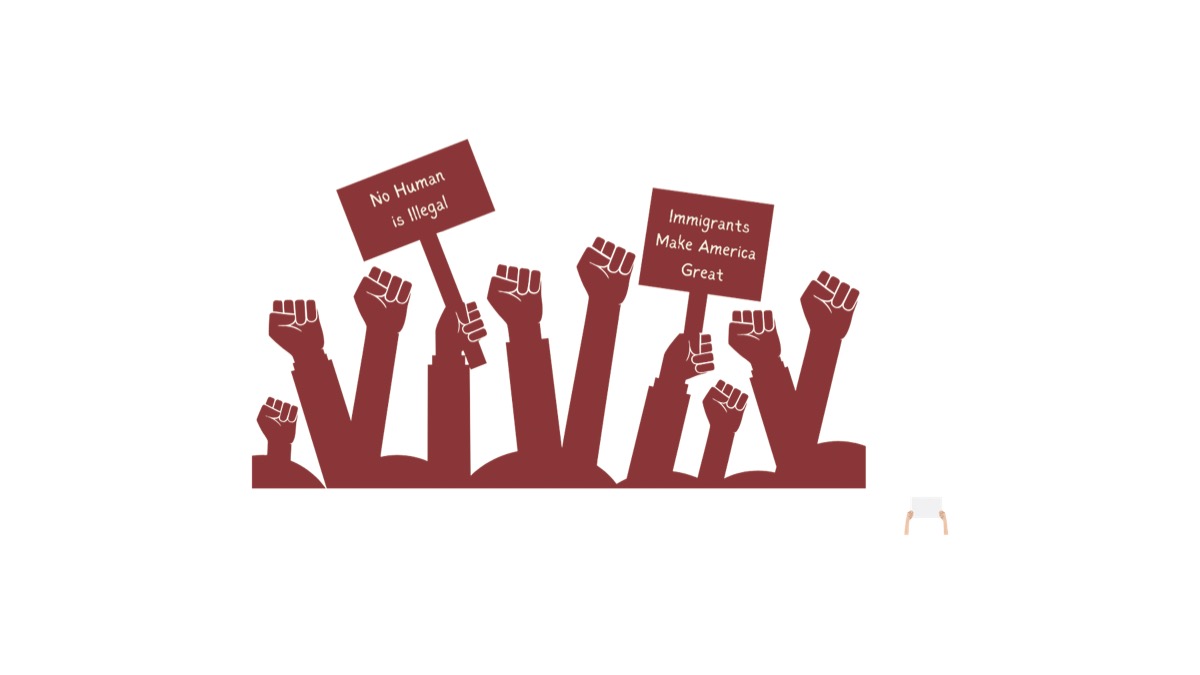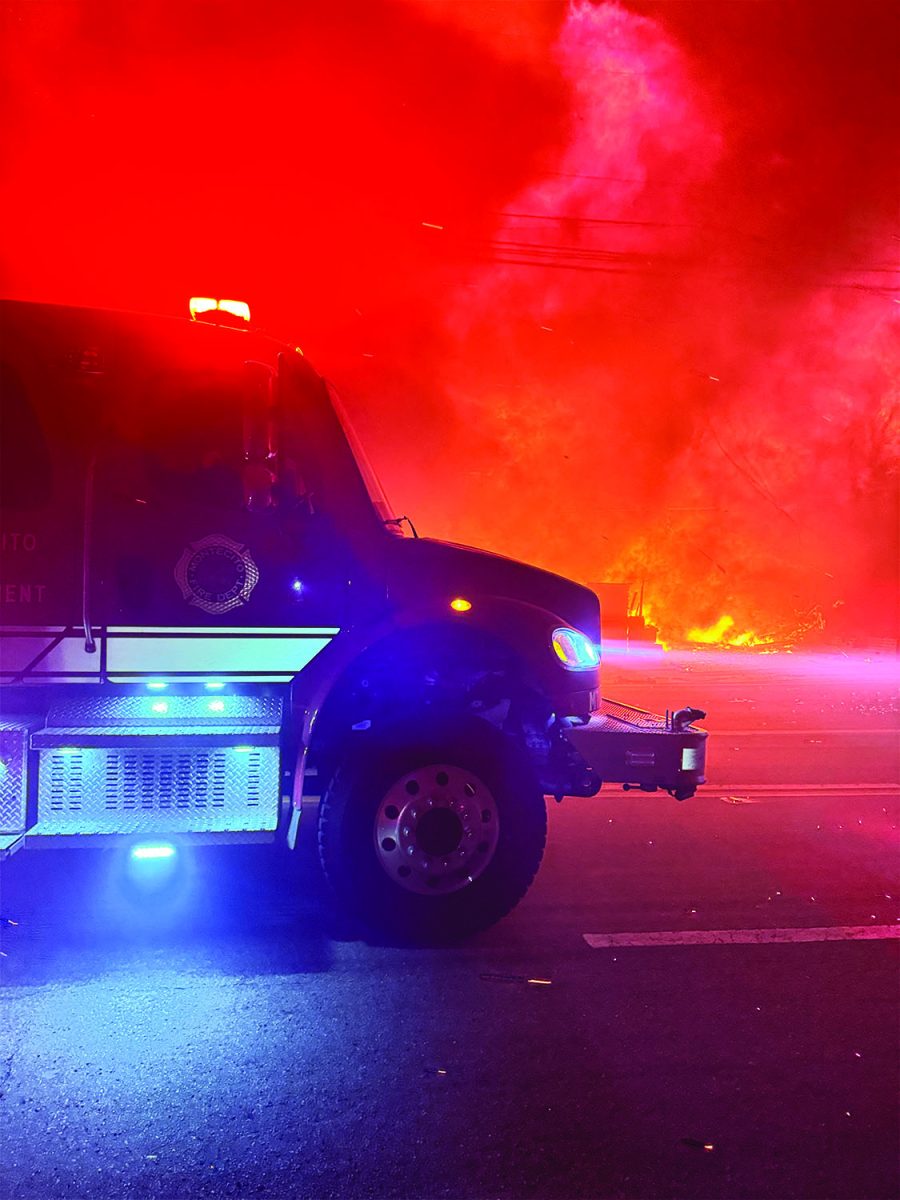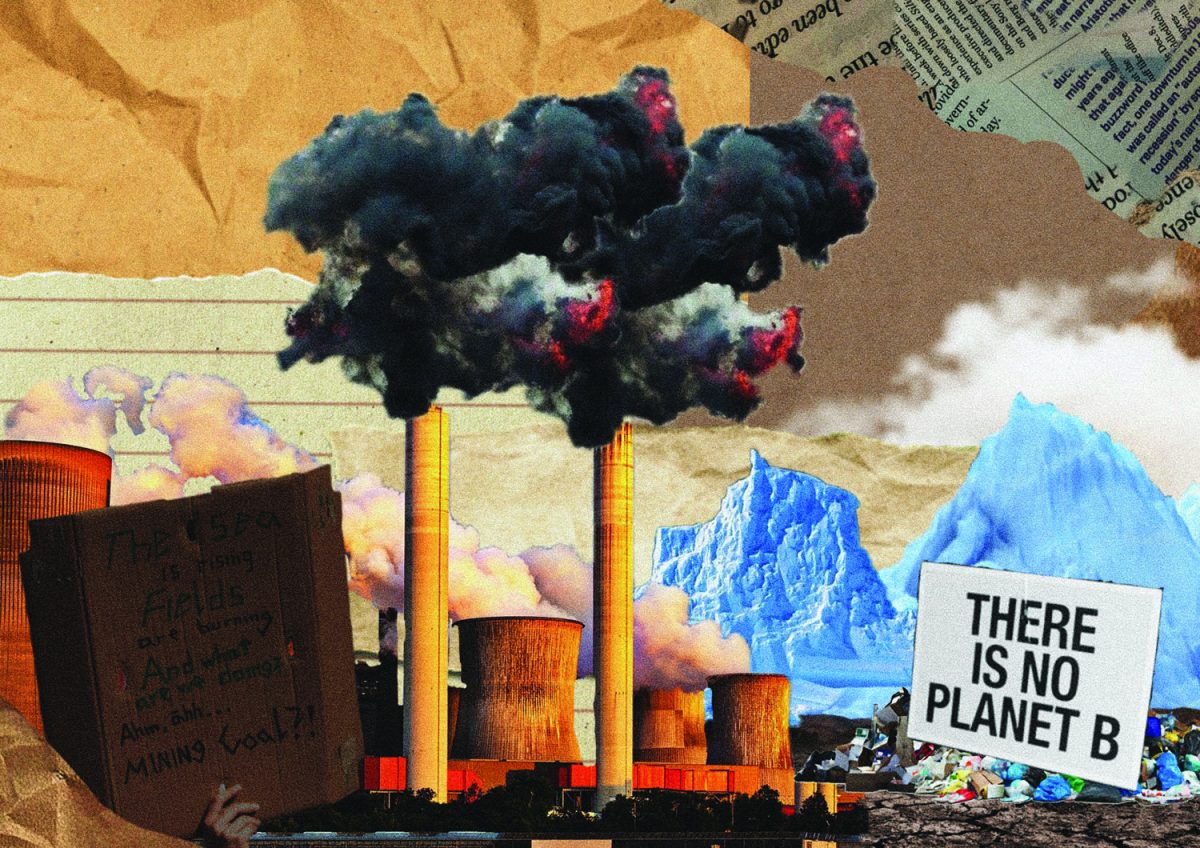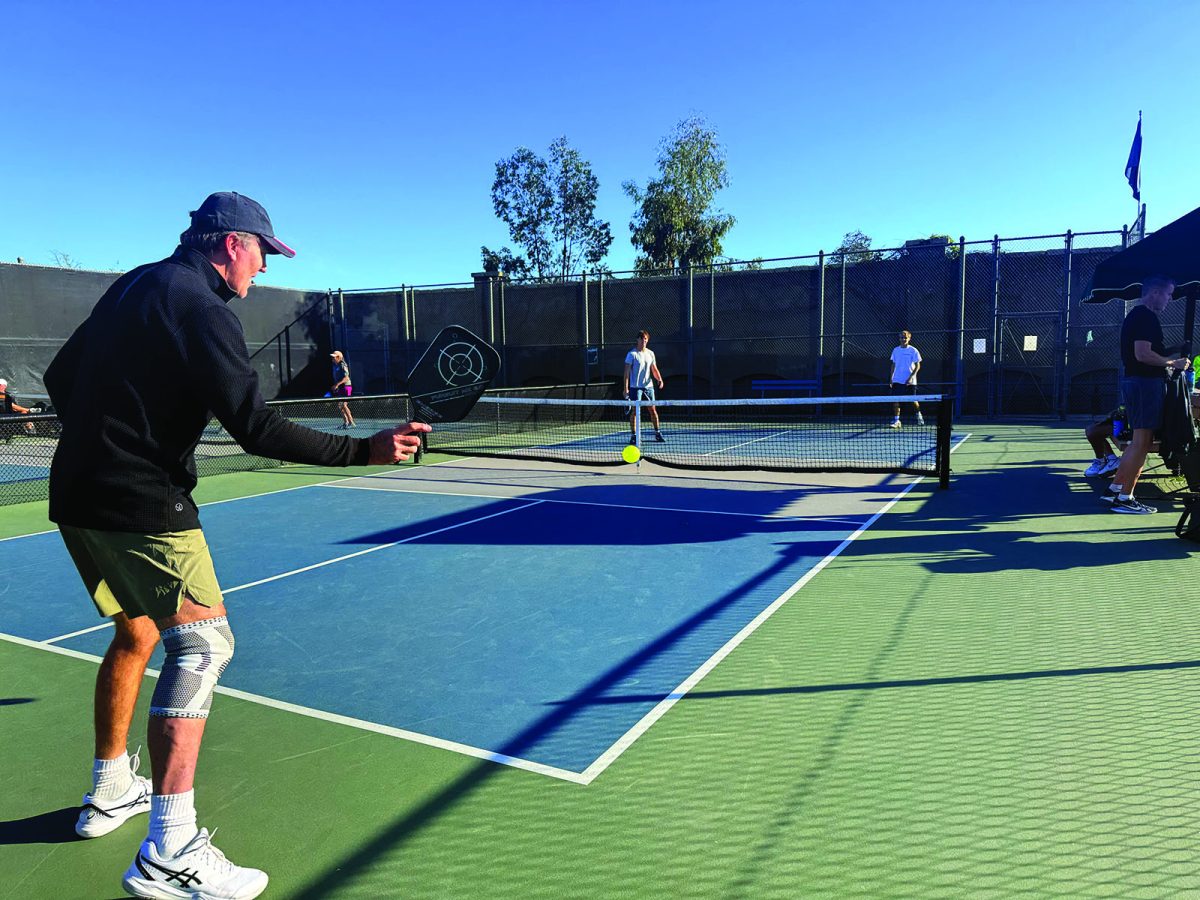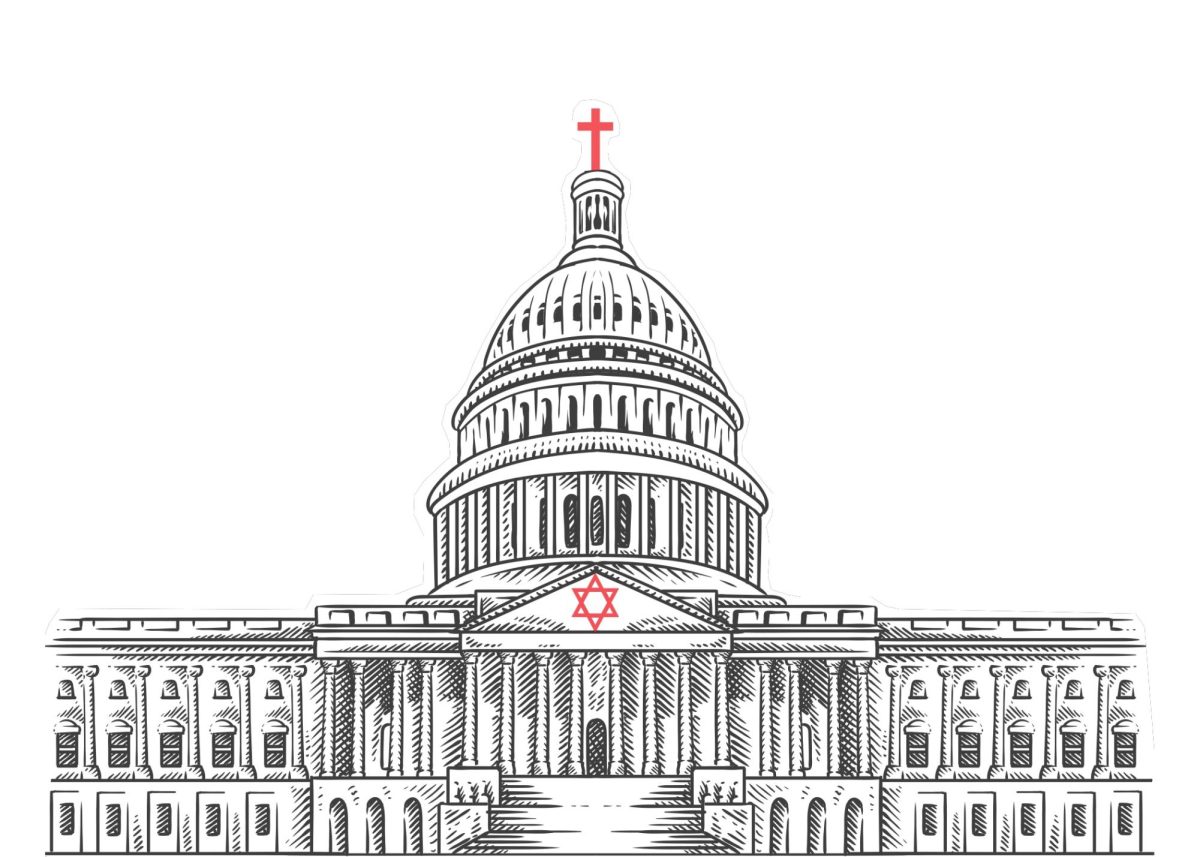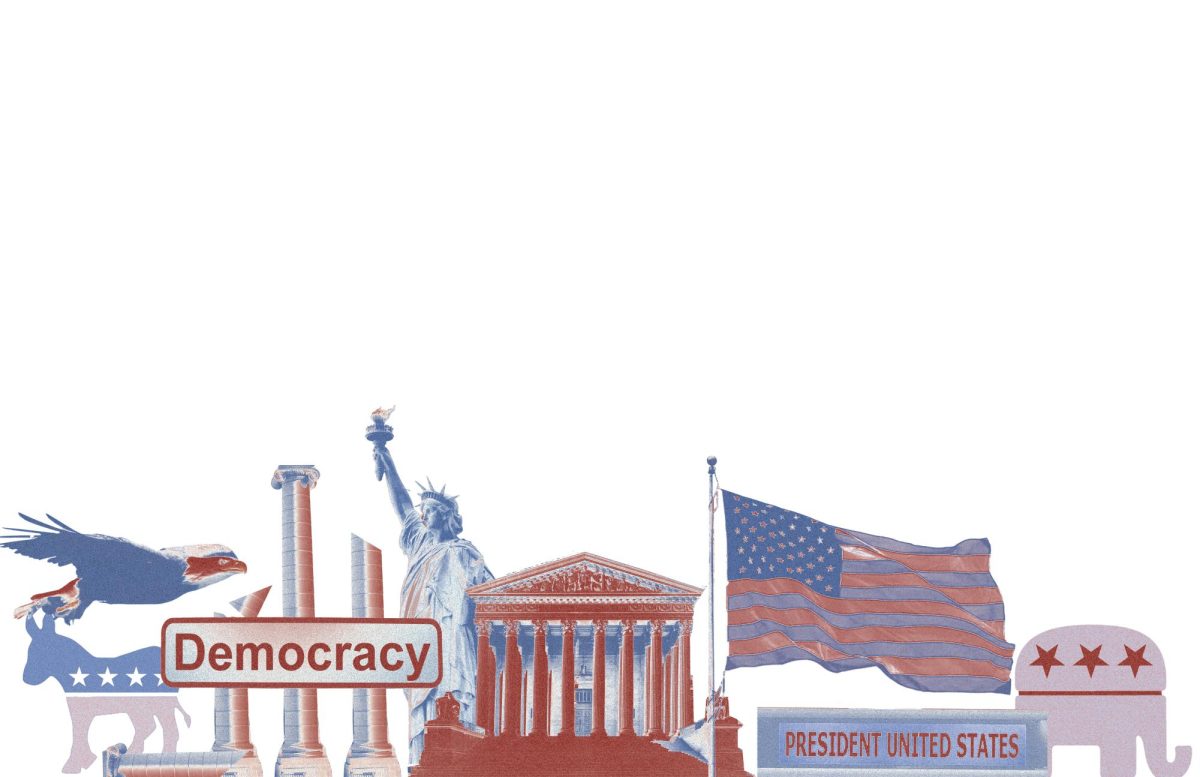The only safe wildfire is the wildfire that never happens. Efforts to reduce or prevent fires include programs like Tag and Trim, weeding and chipping programs, and fire detection networks.
Last year, the Santa Barbara County Fire Safe Council was awarded a three-year grant to provide free curbside chipping services for residents throughout the south coast of Santa Barbara County to reduce the risk of fires around their homes.
One year later, it removed nearly 700 tons of vegetation—one of many efforts to reduce fire fuel and mitigate risk.
Santa Barbara is unique when compared to other cities because it has a Home-Hardening Assistance Program, a direct incentive for taxpayers to ensure their homes are protected.
“The fire department will reimburse homeowners up to $10,000,” said Maeve Juarez, a Wildland Fire Specialist.
However, prevention extends beyond individual homes. Fire regions are monitored by an extensive fire detection camera network, which offers real-time surveillance of potential threats.
“There are camera networks throughout the state. We have view sheets of the entire district, so anytime there’s any sort of anomalous activity, the cameras will send us an email or a text,” Juarez said.
Another crucial measure for fire prevention is the year-round shaded fuel breaks—strategic areas where vegetation is thinned to slow the spread of fire and create safer zones for firefighting efforts.
“We go in there, and we reduce 50% of the vegetation and maintain that throughout the entire year,” Juarez said.
With these preventative efforts in place, Santa Barbara is exceptionally well prepared.
However, even the best precautions cannot eliminate risk, making emergency response and evacuation readiness just as critical, which is why…
“[When smoke is spotted] you’re going to get five of the closest [fire] engines from the forest service…several hotshot crews, aircraft, and air tankers, Juarez said.
Most wildfires do not make it past this arsenal of fire trucks, planes, and elite units.
The moments leading up to the evacuation phase are the most important.
“The majority of fatalities that happen during wild-land fires are during evacuations,” Juarez said. “So we really prioritize our evacuation routes.”
According to Juarez, the city is in a far better position than Los Angeles in terms of fire preparedness because of the aforementioned efforts.
She reassures residents that the local fire department is both well-funded and well-organized.
Existing fire prevention programs, including shaded fuel breaks and vegetation management, are essential priorities for state and community personnel.
Prepositioning resources, which was recently done in Camarillo, along with the implementation of a new regional dispatch system, means improved emergency response times.
Each resident must take personal precautions: create a defensible space around their home, participate in home-hardening programs, and maintain an emergency evacuation plan with essential items ready to go.
Plan now so you don’t panic later.

